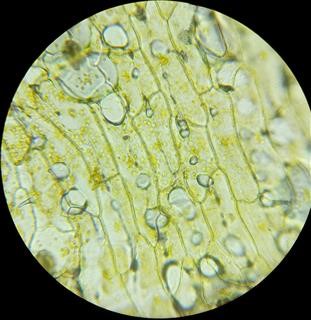The Infertility Organization
Icd 10 Code for Infertility Due to Dysmenorrhea
We are your source for total information and resources for Icd 10 Code for Infertility Due to Dysmenorrhea on the web.
Varicocele and male factor infertility treatment: a new meta-analysis and review of the role of varicocele repair. A routine part of the initial evaluation is testing of specific serum hormone levels, which usually includes FSH, LH, testosterone, and prolactin. Fertility treatments for men Treatment will depend on the underlying cause of the infertility. Less common factors The following other factors may also be responsible for infertility in a smaller proportion of cases: • Genetic abnormalities within eggs, sperm or both • An abnormal uterine cavity, including the presence of fibroids or polyps • Immunological infertility, whereby either the male or female partner produces anti-bodies against sperm cells or implantation of an embryo • Abnormal cervical mucus which hinders the passage of sperm to the uterus and fallopian tubes Unexplained infertility Even when investigations have been extensive, some couples will have no reason with which to explain their infertility.
The Treatment of Azoospermia with Surgery and ICSI. (PDF, 4 MB) Chapter 10 from Male Fertility & Infertility, 1998. Opinion: Microsurgical TESE and the Distribution of Spermatogenesis in Non-obstructive Azoospermia. (PDF, 5 MB)Human Reproduction, 2000. The AZFc Region of the Y Chromosome Features Massive Palindromes and Uniform Recurrent Deletions in Infertile Men. (PDF, 5 MB) Nature Genetics, 2001. Ultrasound can help us discover abnormalities with the uterus, fallopian tubes and/or ovaries. Erectile dysfunction Hormonal changes, psychological factors, or physical issues may make it difficult to get or keep an erection. Usually, one incision is placed near the navel and a second near the pubic hairline.
Here are Some More Resources on Icd 10 Code for Infertility Due to Dysmenorrhea

More Info About Testicular Ultrasound Infertility
6,8 It is important for primary care physicians to be familiar with the workup and prognosis for infertile couples. Factors effecting normal expectancy of conception. These numbers are comparable to those of other industrialized nations. Their cumulative probabilities of conception are 60% within the first 6 months, 84% within the first year, and 92% within the second year of regular fertility-focused sexual activity.
Here are Some More Resources on Infertility in Woman Signs
Patients who are suffering from Stein-Leventhal syndrome (also referred to as polycystic ovary syndrome, or PCOS) can also suffer from anovulation.[3] Up to 90% of cases of anovulation are caused by PCOS; this syndrome is usually hereditary.[4][5] Weight loss or anorexia can also cause hormonal imbalance, leading to irregular ovulation (dysovulation). Sperm count often returns to normal after stopping the medication. The interstitium between the seminiferous tubules contains the Leydig cells, fibroblasts, lymphatics, blood vessels, and macrophages. Fertility treatment with donor eggs is usually done using IVF. Hjollund NH, Storgaard L, Ernst E, Bonde JP, Olsen J. Fertility awareness can help women and couples become more familiar with the signs of ovulation and menstrual cycle patterns.
More Details Around Infertility in Woman Signs
Microsurgery for the Undescended Testicle. (PDF, 5 MB) Urologic Clinics of North America, 1982. Some authorities believe that ovulation occurs 5 days after the last dose of CC. Risk factors Risk factors that increase the risk include: Smoking significantly increases your risk of infertility Age: The ability to conceive starts to fall around the age of 32 years. Basal body temperatures are no longer considered a reliable indicator of ovulation, and are not recommended for evaluating ovulation. Seminoma Discovered in Two Males Undergoing Successful Testicular Sperm Extraction for Intracytoplasmic Sperm Injection. (PDF, 807 KB) Human Reproduction, 1995. You made this process easier by being supportive and positive. Inhibin B levels have been reported to decrease with increasing weight, which results in decreased Sertoli cells and sperm production. The World Health Organization (WHO) published reference ranges for semen testing in 2010. [45] These include “lower reference limits” representing the 5th percentiles for semen characteristics. [46] Note that the lower reference limits do not serve as a cut-point between “fertile” and “infertile.” Volume Normal ejaculate volume is 1. A postcoital test to determine if sperm are able to move through the cervical mucus is still performed by some clinicians.
Previous Next
See also
Infertility Rates Canada 2017
Infertility Clinic Mayo Clinic
Infertility Awareness Speech